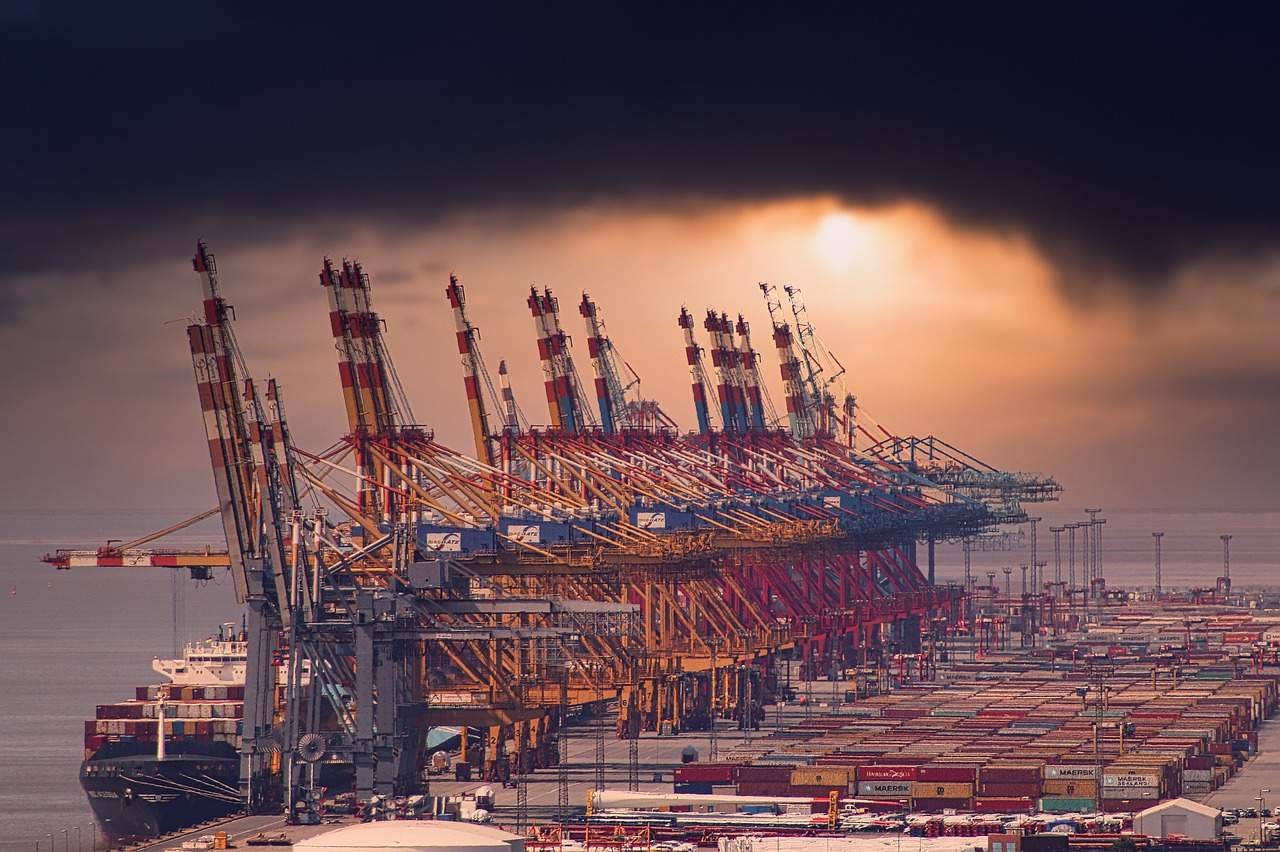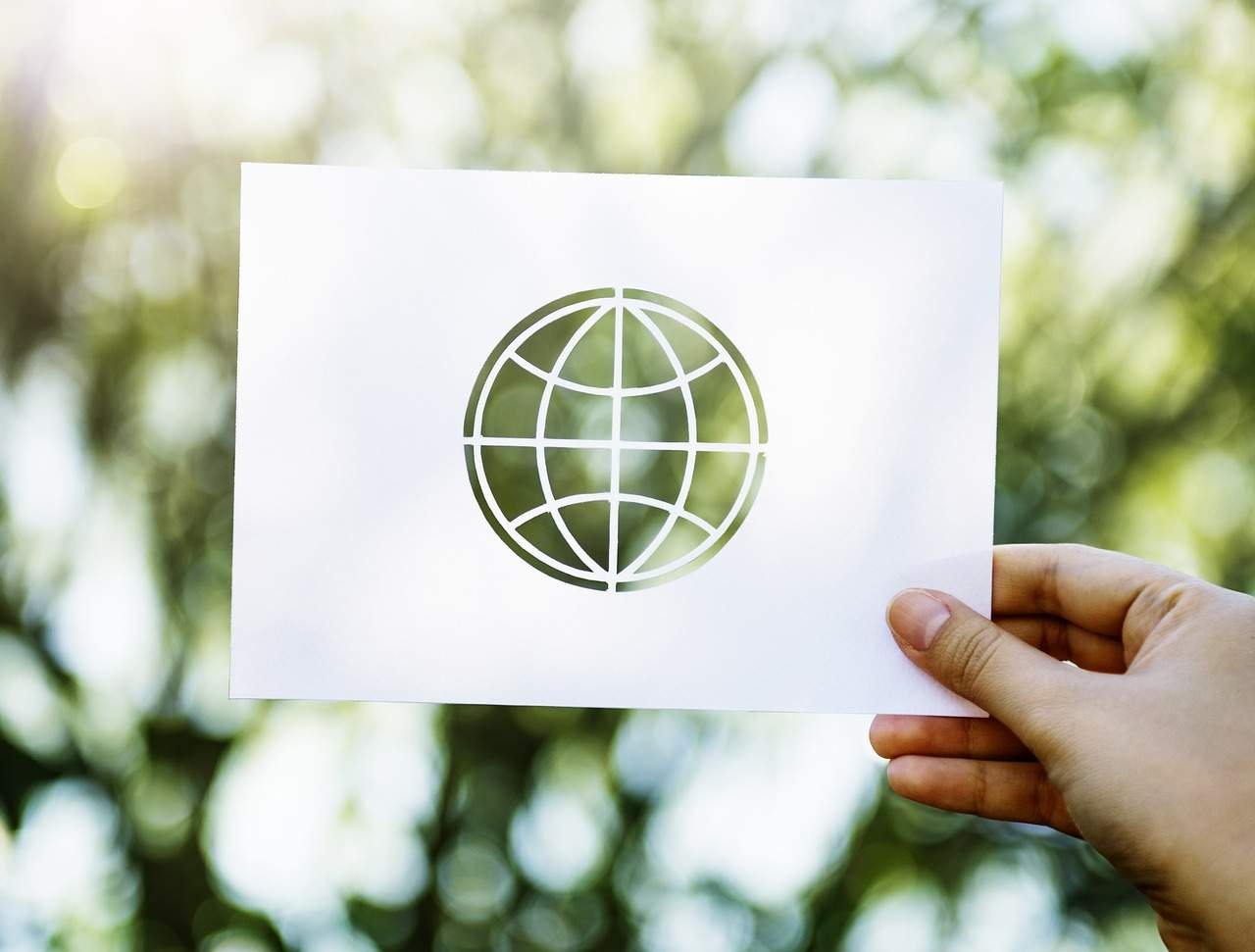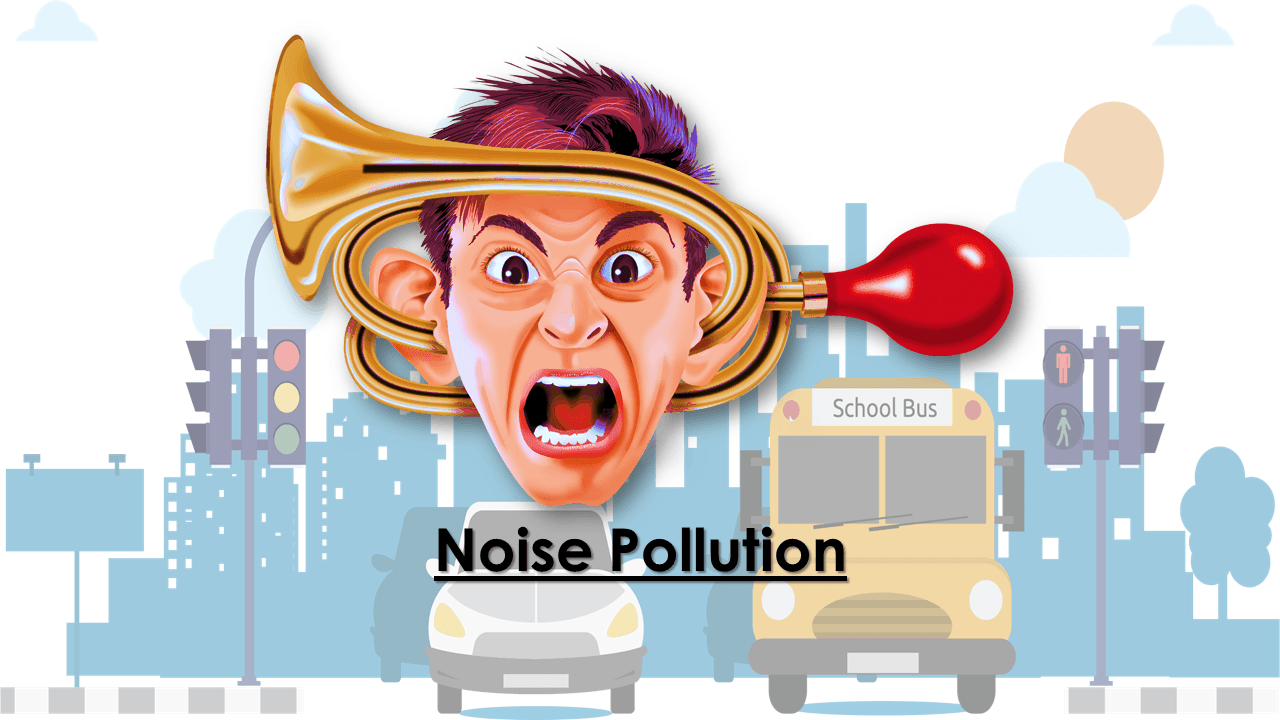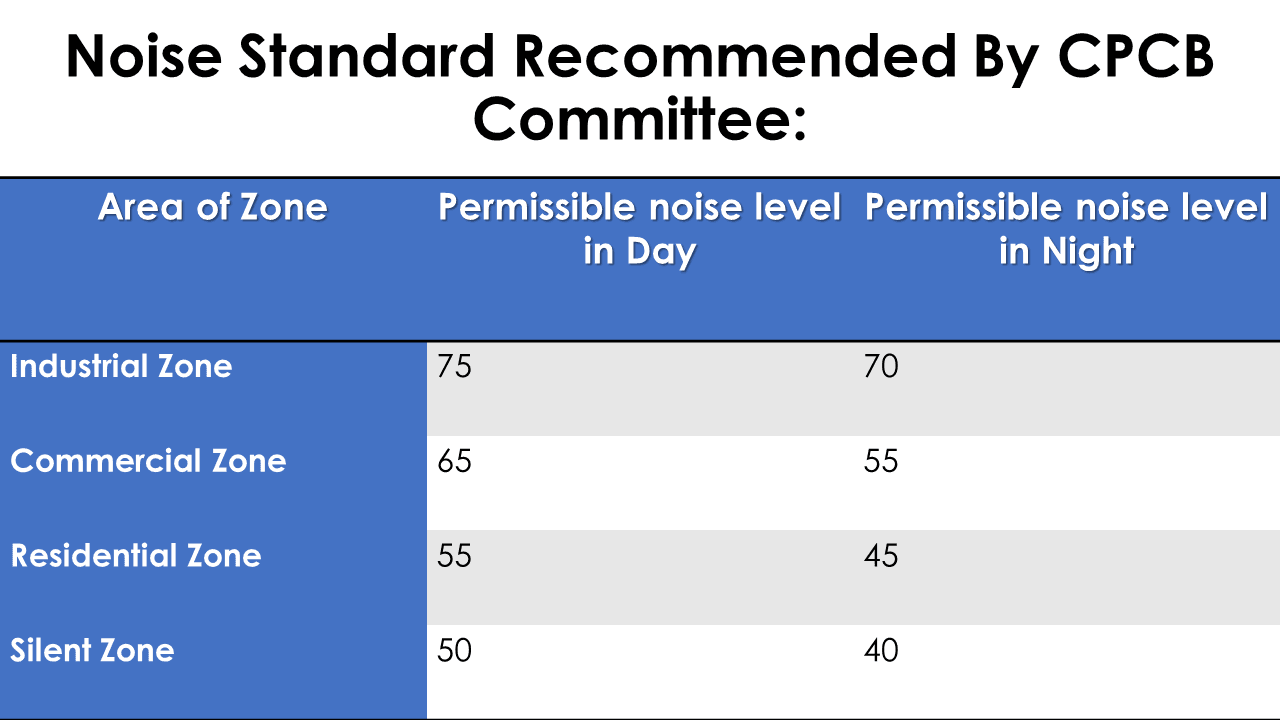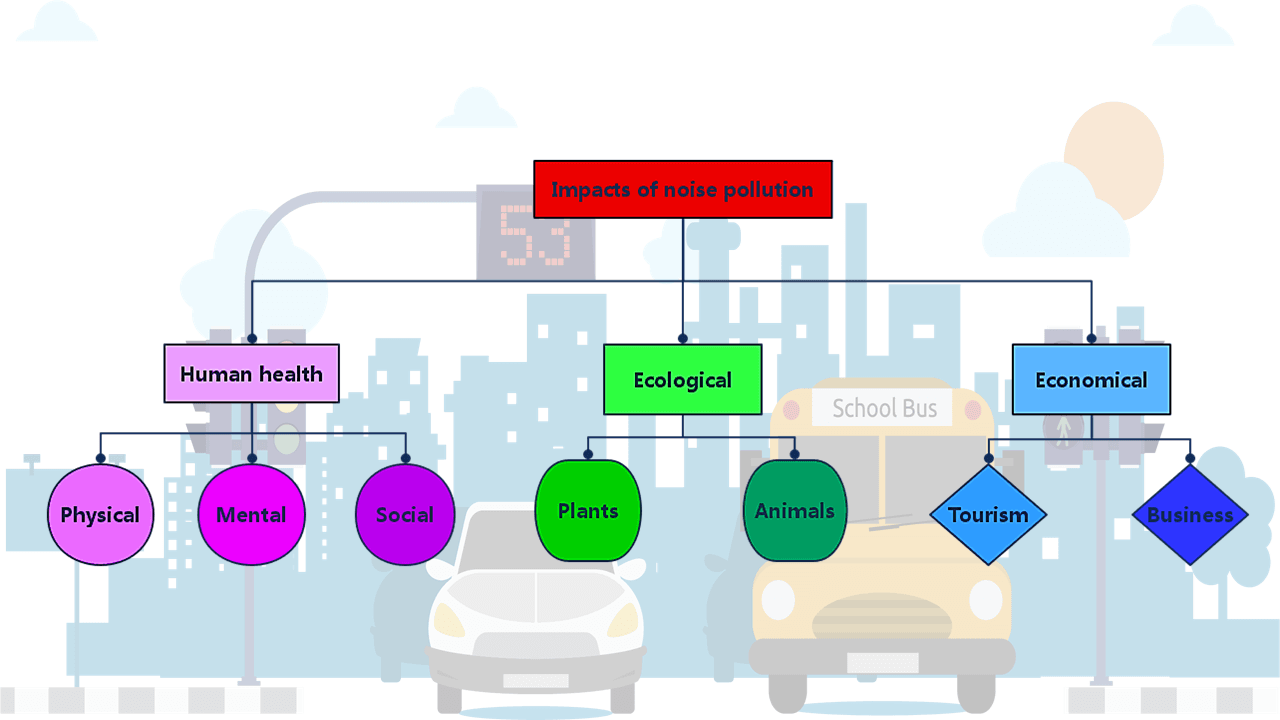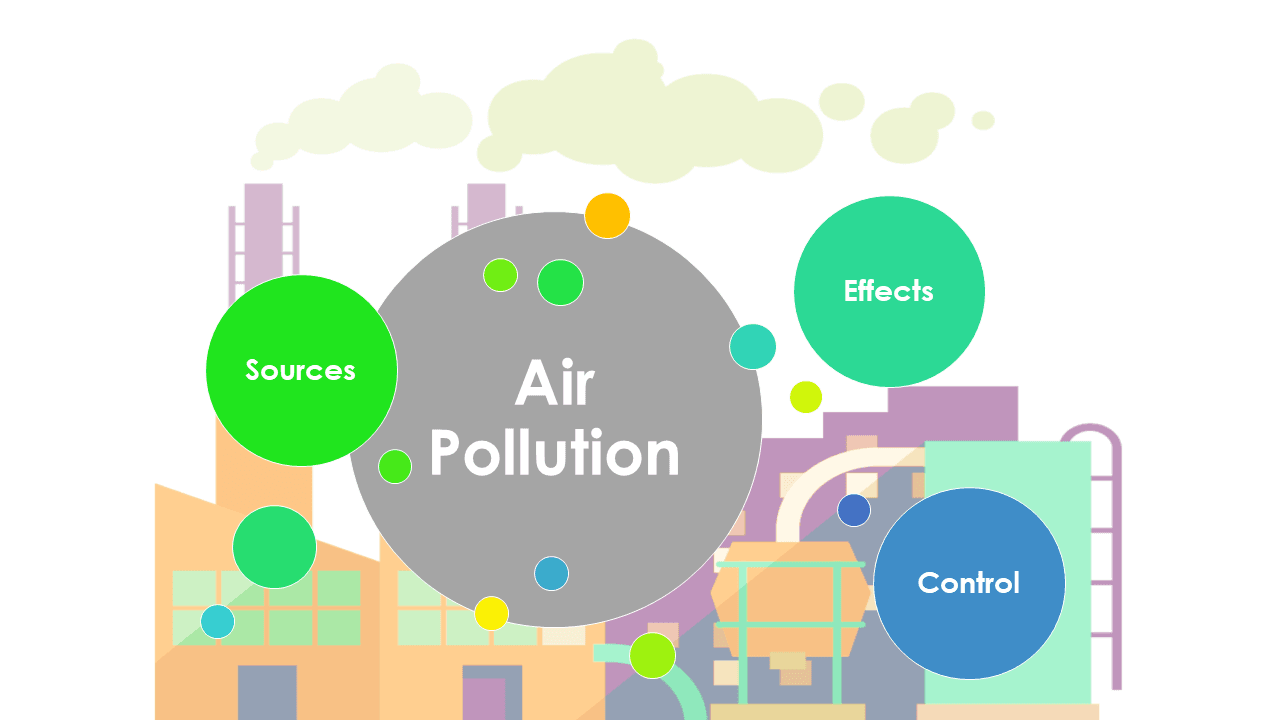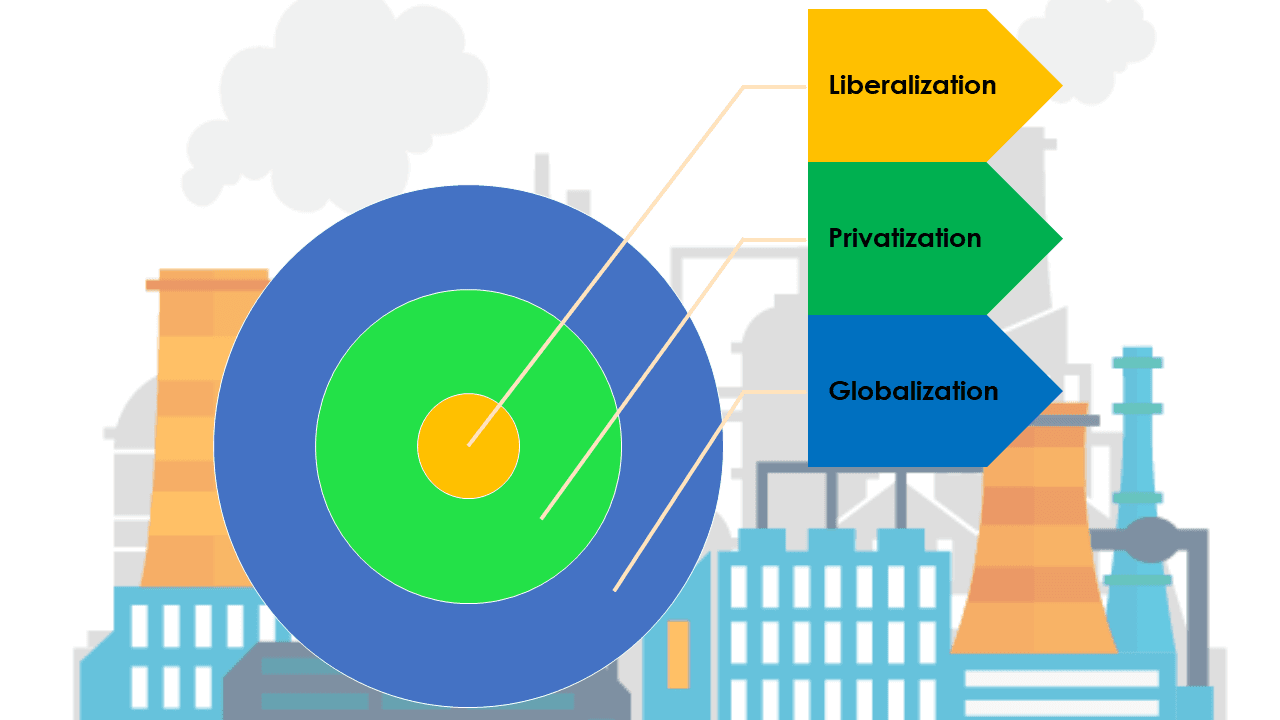Discover the pros and cons of globalization and its effects on the economy, politics, culture, and the environment with this guide.
Exploring the Pros and Cons of Globalization
Globalization refers to the increasing interconnectedness and interdependence of countries through the exchange of goods, services, ideas, and information on a global scale involves the integration of economies, cultures, and societies, enabling the flow of people, capital, technology, and knowledge across borders.
This phenomenon has been driven by advancements in transportation, communication, and technology, facilitating global trade, investment, and cultural exchange. It has both positive and negative effects, influencing various aspects of society, including the economy, politics, culture, and the environment. The following A Comprehensive Guide to the Globalization Pros and Cons below are;

Pros of Globalization:
Globalization has been a topic of much debate and discussion. It brings with it several advantages that have had a significant impact on the world. Here are some of the key pros of globalization:
Economic Growth:
Globalization has opened up new markets and expanded opportunities for businesses to trade and invest across borders. This has stimulated economic growth by increasing productivity, innovation, and efficiency. It has helped developing countries in particular to attract foreign investment, create jobs, and improve their standard of living.
Access to a Variety of Goods and Services:
Through globalization, people have access to a wide range of products and services from around the world. This has increased consumer choices and affordability. It has also allowed businesses to access a global customer base, leading to market expansion and diversification of offerings.
Cultural Exchange and Understanding:
Globalization has facilitated cultural exchange and understanding by enabling the flow of ideas, values, and traditions across borders. This has led to a greater appreciation and tolerance of different cultures, promoting diversity and enriching societies.
Technological Advancements:
Globalization and technological advancements go hand in hand. The exchange of technology and knowledge across borders has accelerated innovation and progress in various fields. It has contributed to improvements in healthcare, communication, transportation, and many other sectors.
Collaboration and Cooperation:
Globalization has encouraged collaboration and cooperation between countries. It has fostered international partnerships and alliances, leading to joint efforts in addressing global challenges such as climate change, poverty, and terrorism.
Increased Standard of Living:
Globalization has played a role in raising the standard of living for many people around the world. It has brought access to better healthcare, education, and improved living conditions. It has also facilitated the sharing of best practices and knowledge, leading to advancements in various industries.
While globalization has its benefits, it also has its downsides. In the next section, we will explore some of the cons of globalization.
Cons of Globalization:
While globalization has brought numerous advantages, it is not without its drawbacks. It is important to consider the following cons of globalization:
Economic Inequality:
Globalization has contributed to widening the wealth gap between the rich and the needy. Developing countries, in particular, may struggle to compete with the economic powerhouses, leading to unequal distribution of wealth and resources. This can result in social and political instability.
Job Displacement:
Globalization has led to the outsourcing of jobs to countries with lower labor costs. While it has created new job opportunities in certain sectors, it has also resulted in job losses in traditional industries. This can lead to unemployment and income insecurity, particularly for workers in vulnerable industries.
Environmental Impact:
Globalization has increased the demand for resources and has intensified production and consumption patterns. This has hurt the environment, contributing to climate change, pollution, deforestation, and the depletion of natural resources. Transporting goods across long distances has also led to increased carbon emissions.
Cultural Homogenization:
While globalization promotes cultural exchange, there is also a risk of cultural homogenization. Globalized trends, languages, and practices can overshadow local traditions, languages, and customs. This can lead to the erosion of cultural diversity and the loss of cultural heritage.
Exploitation of Labor:
In some cases, globalization has resulted in the exploitation of low-wage workers in developing countries. Sweatshops, poor working conditions, and violation of labor rights are some issues associated with globalization. This raises ethical concerns and calls for better regulations and labor protections.
Loss of Sovereignty:
Globalization entails an interconnected world where decisions made by international organizations and multinational corporations can impact national policies. This can erode the sovereignty of individual nations, limiting their ability to make decisions in their best interests.
It is essential to address these challenges and work towards a more inclusive and sustainable form of globalization that minimizes the negative impacts while maximizing the benefits for all.
Bottom line
Globalization is the increasing interconnectedness and interdependence of countries through the exchange of goods, services, ideas, and information on a global scale. It has both positive and negative effects on various aspects of society, including the economy, politics, culture, and the environment. Pros and Cons of Globalization: A Comprehensive Overview.
The pros of globalization include economic growth, access to a variety of goods and services, cultural exchange and understanding, technological advancements, collaboration and cooperation between countries, and an increased standard of living. However, globalization also has cons such as economic inequality, job displacement, environmental impact, cultural homogenization, exploitation of labor, and loss of sovereignty. It is important to address these challenges and strive for a more inclusive and sustainable form of globalization.




